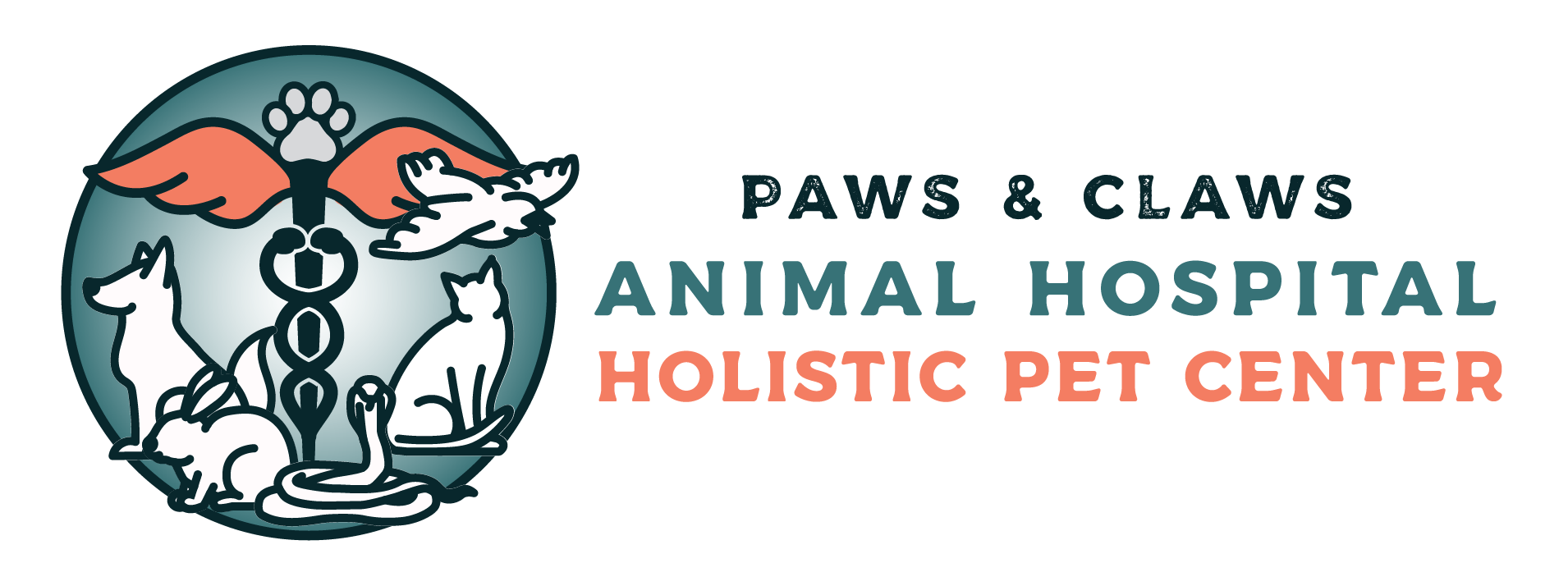Periodontal disease is an inflammation or infection of the teeth, gums, or related structures. It’s caused by a number of bacteria and their toxins. Left untreated, these toxins damage the mouth. With time, teeth will loosen, become painful, and eventually fall out. The toxins can also spread via the bloodstream to other organs in the body, including the kidneys, liver, GI tract, lungs, and heart.
Fortunately, periodontal disease is very easy to prevent and treat. Here are eight tips for keeping your dog’s mouth in tiptop shape.
1. Have your dog’s teeth professionally cleaned by your veterinarian as often as needed.
Most dogs need professional cleaning at least once each year. Others, especially larger breeds, may only need the procedure done every few years, while many smaller breeds need their teeth cleaned more frequently, usually every three to six months. Remember, anesthesia makes it very safe for virtually all dogs, including seniors, when you take a holistic approach.
2. Brush as often as possible, every day, if you can.
Buy an appropriately sized toothbrush for your dog’s mouth, and have your veterinarian recommend a dental product such as toothpaste or gel. Don’t use human toothpaste.
3. Start brushing when he’s young.
If you have a puppy, start brushing his teeth while he is young, even if you think he doesn’t need it. It will train him to accept this important procedure throughout his life.
4. Invest in a natural dental solution.
Some dental products can reduce the buildup of bacterial plaque. Consider a dental solution and dental gel, which can be applied by brush or simply your finger, or you can simply add the dental solution to your dog’s water each day.
5. Feed him well.
A high-quality diet will keep your dog’s entire body healthy — including his mouth.
6. Toss him a bone.
Try raw dog bones but remember to match the proper size of the bone to your dog’s teeth. Also, keep in mind that no matter how safe you are, bones occasionally splinter and get lodged in the mouth or throat, or result in fractured teeth. Follow your veterinarian’s guidelines when it comes to offering your dog fresh, meaty bones.
7. Choose the appropriate chew toys for your dog as well.
Once again, these are designed to prevent fractured teeth.
8. Examine your dog’s teeth and gums at least once a week.
If any teeth are missing or fractured, contact your veterinarian for advice. In many instances, you will be referred to a specialist in dental care. Veterinary dentists offer the same procedures your personal dentist offers you, including root canals and other advanced procedures.
